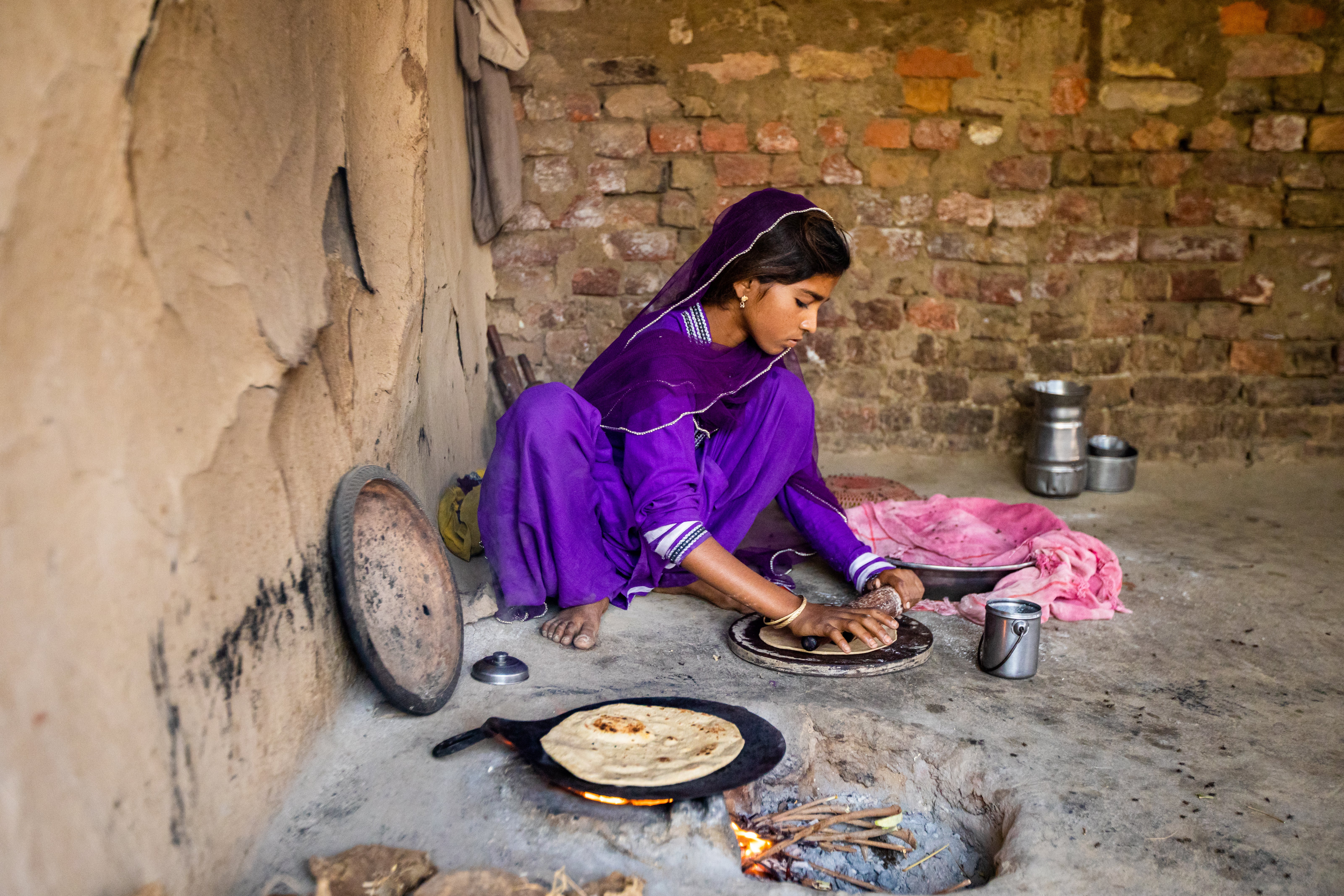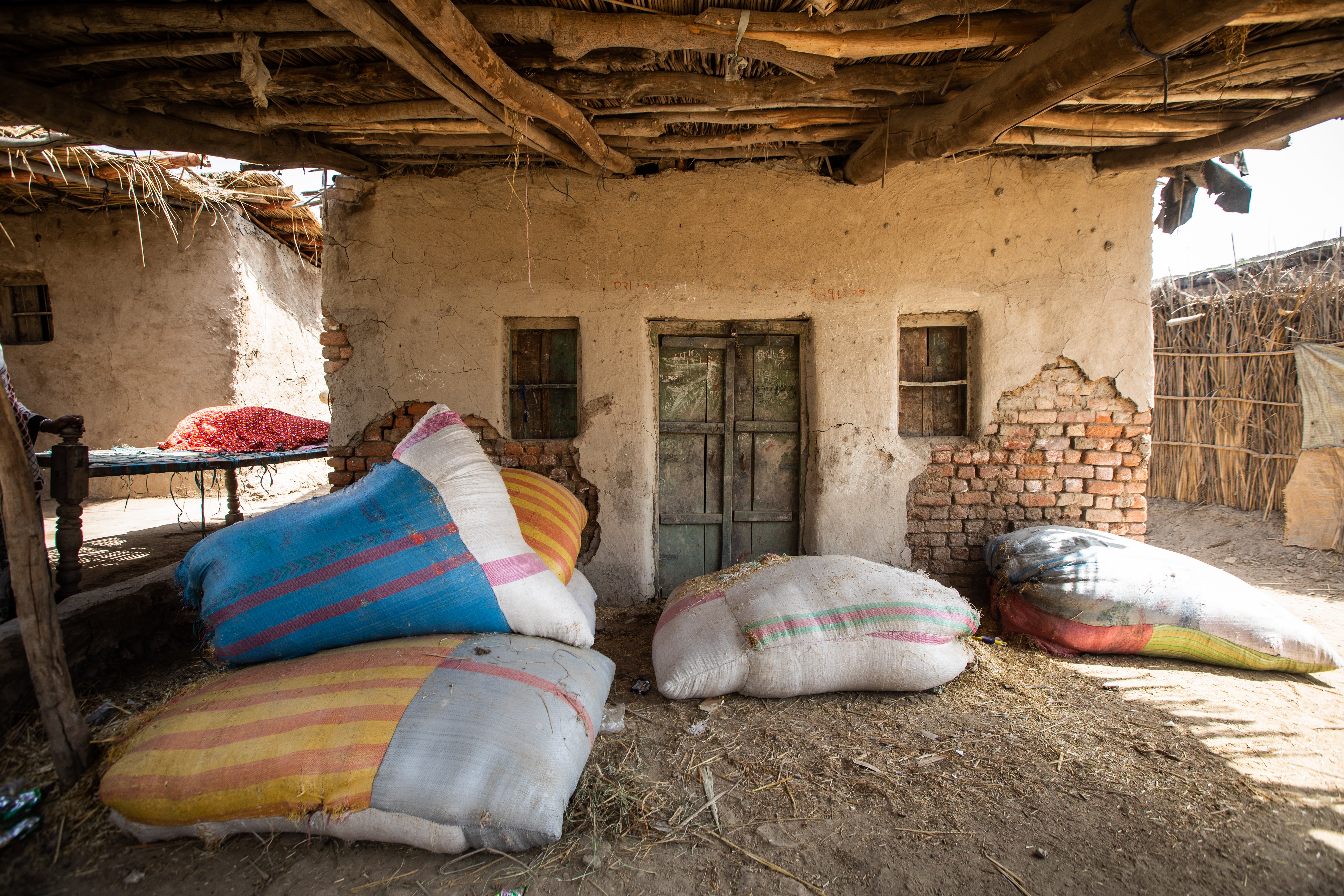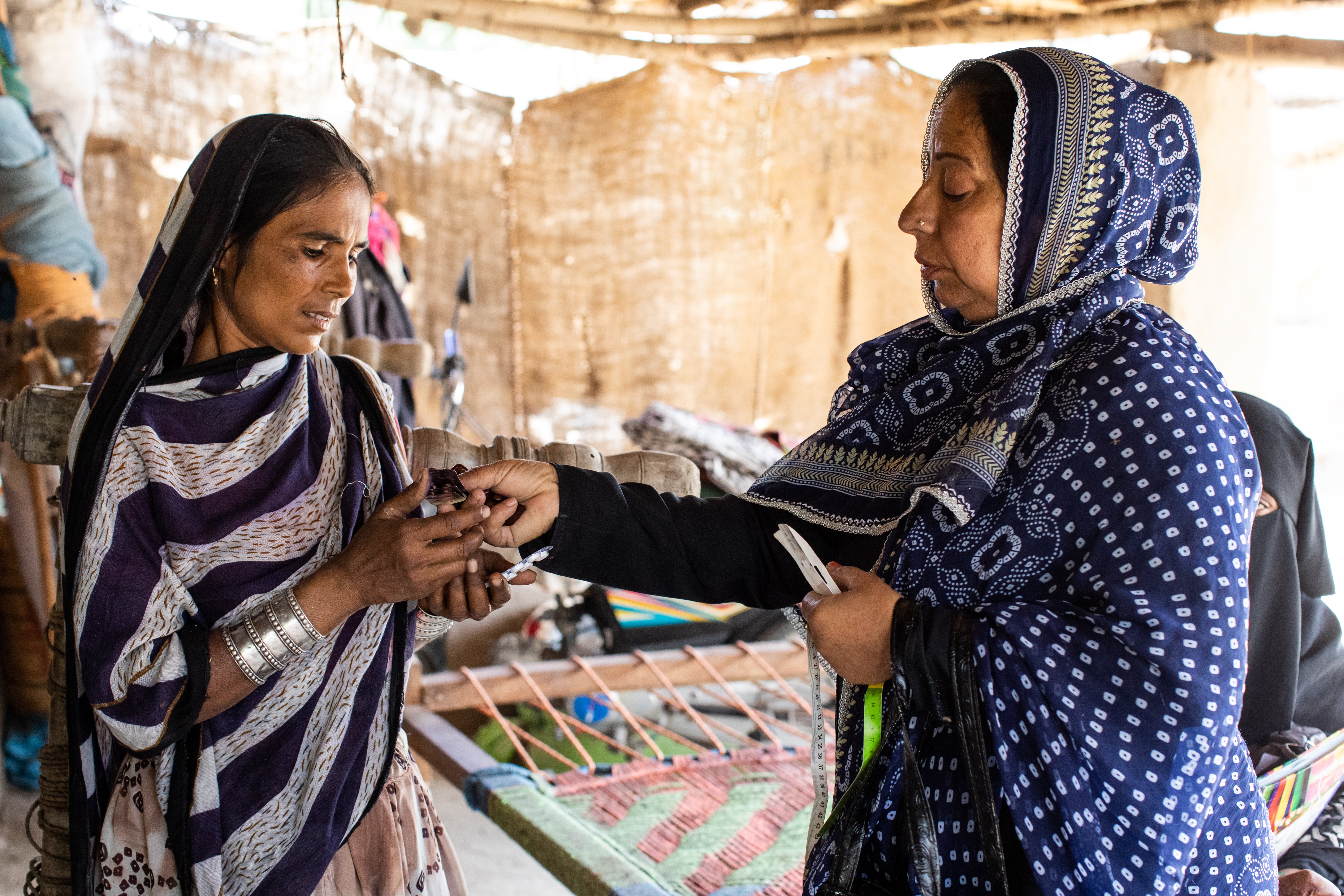Executive summary
Reducing the prevalence of anemia has been a challenge for low- and middle-income countries (LMICs) worldwide, with global progress against anemia stagnating since around 2010. However, a handful of LMICs have experienced notable success in countering anemia in recent years.
These positive exemplars have reduced anemia among women of reproductive age (WRA) – a segment of the population uniquely vulnerable to the condition – to a greater extent than might be predicted from these nations’ economic growth trajectories.
Pakistan was selected as an Exemplar for not only achieving a relatively high reduction in anemia prevalence that outpaced economic development, but also as a potential model for South Asia, a region with among the highest burden of anemia among WRA globally.
From 2001 to 2018, Pakistan had varying levels of success in reducing anemia among WRA, but its trajectory represents a positive reversal of a global trend toward stagnating anemia levels among WRA.
Figure 1. Reduction of prevalence of anemia among WRA versus Lag Distributed Income per Capita

Between 2001 and 2011, Pakistan experienced an increase in anemia prevalence among non-pregnant WRA (NPW), from 29% to 51%. But following 2011, as global anemia rates stagnated, Pakistan experienced a steady decline in anemia prevalence, which fell to 40% as of 2018 (see Figure 2 below). Prevalence of mild anemia declined from 21% to 19% between 2011 and 2018, prevalence of moderate anemia declined from 26% to 19% between 2011 and 2018, and prevalence of severe anemia declined from 4% to 2% in the same time period.
Figure 2. Anemia prevalence among non-pregnant women in Pakistan (2011–2018)
Sub-nationally, Pakistan saw varying levels of success across provinces in reducing anemia among WRA, with the Sindh, Punjab, and Gilgit-Baltistan regions displaying the greatest declines for non-pregnant women.,
Figure 3A. Anemia prevalence among non-pregnant women in Pakistan, by region (2011–2018)
Figure 3B. Anemia prevalence among non-pregnant women in Pakistan, by region (2011–2018)
Surveys utilized for Exemplars research had limited sequential information on etiological breakdown of anemia among WRA across studied survey years of 2011 and 2018; similarly, while dietary intake data was available in the 2011 survey, this information was not collected in the 2018 survey.
Modelled estimates from the Institute of Health Metrics and Evaluation (IHME) provide helpful supplementary information on high-level etiological breakdown; IHME estimates on etiologies of anemia among WRA in Pakistan indicate that estimated progress in reducing anemia among WRA was primarily made on anemia from pregnancy-related causes and infection-based anemia; counter-progress was estimated in nutritional anemia (specifically iron-deficiency anemia).
Figure 4. Modelled estimates of prevalence of anemia by etiology per 1,000 WRA in Pakistan (2011 – 2018)

Estimated progress on infection and pregnancy-related anemia are aligned with the primary drivers for anemia reduction among WRA identified in the Exemplars study, particularly as it relates to improved access and utilization of healthcare, inclusive of family planning interventions and other essential preventative and curative interventions.
On nutritional anemia, the story is mixed. Prevalence of iron-deficiency anemia among NPW reduced from 24% to 22% between 2011 and 2018; however, mean ferritin levels (biomarker for iron) among NPW reduced from 33.3 ug / L to 30.3 ug / L in the same period., Additionally, mean serum retinol levels (biomarker for Vitamin A) among the same population group increased from 25.9 ug / dL to 31.7 ug / dL in the same time period, and prevalence of zinc deficiency also decreased significantly., This potentially indicates the multifactorial nature of anemia among WRAs in Pakistan and underscores the potential for further gains to be made in reducing burden in nutritional anemia, in addition to improvements across addressable etiologies of anemia.
Lastly, while the nation has made substantial progress against anemia, it is still considered a severe health problem (the World Health Organization defines any rate above 40% as “severe”). However, progress in Pakistan furnishes a useful example of success in a lower-middle-income nation in South Asia, one of the most anemia-burdened regions in the world.
Improved women’s economic status via social protection programs
Social protection programs, especially BISP, were instrumental in helping lower-income women gain access to health care, better nutrition, and other essential needs. Coverage levels for BISP increased among non-pregnant women during the study period, though it remained relatively low in most districts, and has only recently reached coverage levels of 60-70% among eligible women.
It is not yet possible to establish a clear causal relationship between BISP coverage and anemia reduction. However, analysis did suggest strong correlation. For example, the state that experienced the greatest increase in BISP coverage, Sindh, also saw the largest reduction in anemia burden among WRA. This is also consistent with findings of improved dietary intake and micronutrient status among women in the same districts in the south of the country. The evidence regarding improved decision-making authority related to receipt of BISP in Pakistan is mixed, but studies do show improved agency among recipients.
Gains in household economic status also occurred against the backdrop of a broader improvement in Pakistanis’ basic food security. During the study period, the percentage of non-pregnant women who were “food secure”* increased from 38% to 61%.,
*Footnote: Food security is defined as when all people have physical, social, and economic access to sufficient, safe, and nutritious food that meets their dietary needs and food preferences; food security was assessed based on the Food Insecurity Experience Scale Survey Module (FIES-EM), which consists of eight questions regarding people's access to adequate food, food-related behaviors, and experiences associated with increasing difficulties in accessing food due to resource constraints.

Advances in nutrition and micronutrient intake
One primary cause of anemia is related to conditions of decreased availability of essential nutrients that contribute to the generation of red blood cells (mainly iron, folic acid, vitamin B12, and vitamin A); as such, nutrition is a crucial aspect of any campaign against anemia. Pakistan’s experience has certainly been no exception.
A major biomarker for improved women’s health and nutrition outcomes – including anemia – has been a rise in vitamin A levels (measured via serum retinol concentration, a biomarker for vitamin A), traced to food fortification programs or access to better quality diets. The fortification of vegetable oil and ghee has been mandatory since 1985, and subsequent partnerships with technical assistance providers in the 2010s helped improve coverage of these programs. Between 2011 and 2018, the proportion of non-pregnant Pakistani WRA with serum retinol concentration less than 20 ug/dL – the World Health Organization defined threshold for Vitamin A deficiency in children and adults – declined from 41% to 27%.,

Expanded access to and use of health care
Like many other lower-income and lower-middle-income countries, Pakistan has relied heavily on community-based services to improve access to essential health services and interventions. The most effective of these services is the Lady Health Worker Program (LHWP), which has played a prominent role in connecting towns and villages nationwide to needed health services.
By providing access to antenatal care, iron and folic acid supplementation, and basic health education, Lady Health Worker Program personnel likely contributed directly to improved health, nutrition, and anemia outcomes in the areas they served.
Pakistan’s overall health care infrastructure also showed important improvements during the study period, including in access to primary and secondary hospital services, and in Sindh the outsourcing of services to PPHI (the Peoples Primary Care Health Initiative). However, continued shortages of medicine, medical supplies, and trained personnel undermine this progress, especially in rural areas.

